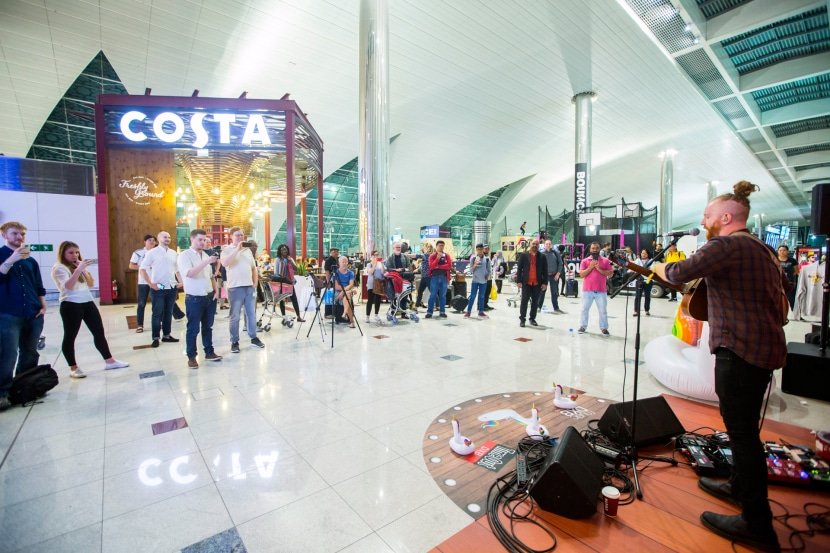
Dubai International Airport, a major global transit hub, welcomed a record 44.9 million passengers in the first half of this year, marking an 8 percent growth. Flight movements increased by 7.2 percent to 216,000. In August, Dubai retained its position as the busiest international airport with 5.173 million seats, surpassing London Heathrow’s 4.268 million. For the 10th consecutive year, Dubai has been recognized by Airports Council International (ACI) as the busiest international airport.
Why DXB?
The code DXB is assigned by the International Air Transport Association (IATA), which standardizes three-letter codes for airports globally. IATA’s system facilitates easy communication and information processing. Typically, these codes reflect the airport or city name, but with DUB already assigned to Dublin, DXB was created using X as a placeholder.
Why OMDB?
The International Civil Aviation Organization (ICAO), a UN agency established in 1944, assigns four-letter codes for operational use. ICAO codes are region-specific; for the Middle East, they start with the letter O. Hence, Dubai’s ICAO code is OMDB, while Abu Dhabi’s is OMAA, Al Ain’s is OMAL, and Fujairah’s is OMFJ.
In essence, DXB and OMDB are used for different purposes, with each code representing the airport in its respective international system.


